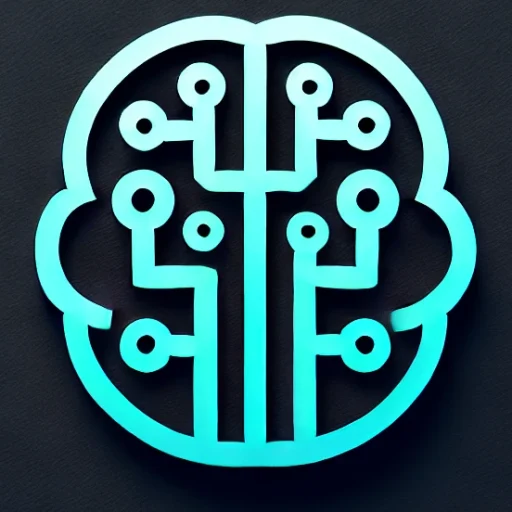
The Rise of Foundation Models: Transforming AI and Computing Landscapes
In the ever-evolving realm of artificial intelligence and computing, foundation models have emerged as pivotal forces, reshaping how machines interact, understand, and execute tasks within our world. These models, characterized by their vast scale and generalization capabilities, are redefining the AI landscape in profound ways.
Introduction
The concept of foundation models is relatively new yet already making significant waves across both academic and industrial sectors. As AI systems become integral to various fields, the pursuit of creating versatile, robust, and efficient models becomes paramount. Foundation models are stepping into this role, offering a unified approach that promises to revolutionize various AI applications, from language processing to computer vision.
Key Insights & Latest Advancements
Recent advancements have set the foundation models as the cornerstone of modern AI development. These models, such as OpenAI’s GPT-4 and Google’s latest iterations, boast billions of parameters, allowing them to perform a wide range of tasks without needing task-specific adjustments. This general approach is a shift from traditional AI models, which required specific training for each new application. Foundation models leverage large datasets and sophisticated training techniques to provide unparalleled performance and adaptability.
One of the critical breakthroughs lies in the ability of these models to understand context and nuances across different domains. This ability enhances AI’s capability to generate human-like text, recognize intricate image patterns, and even develop code, all from a single model architecture. The scalability and versatility of foundation models are reducing the need for separate models, leading to more efficient allocation of computational resources.
Real-World Applications
Foundation models are already seeing use across various sectors. In healthcare, they are aiding in the analysis of complex medical data, leading to more accurate diagnostics and personalized patient care. In finance, these models are enhancing fraud detection systems by understanding transaction patterns at unprecedented speeds and accuracies. Similarly, in media and entertainment, content creation is becoming more personalized and efficient, thanks to the nuanced capabilities of these AI models.
Moreover, in the realm of autonomous vehicles and robotics, foundation models are improving decision-making processes, allowing machines to navigate and interact with their environments more fluidly. The broad applicability and adaptability of these models facilitate quicker integration and functionality across industry sectors, heralding a new era of innovation.
Challenges & Future Outlook
Despite their transformative potential, foundation models pose significant challenges. The enormous data and computational requirements for training these models raise concerns about environmental impacts and accessibility—issues that need addressing to ensure sustainable AI development. Additionally, the “black-box” nature of these models makes interpretability and trustworthiness critical areas of concern, particularly in sensitive applications requiring transparency.
The future of foundation models shines bright; they are expected to become even more integrated into everyday technologies. Ongoing research focuses on enhancing their efficiency, scalability, and interpretability, with emphasis on democratizing access to their capabilities. The evolution towards more energy-efficient models and regulatory frameworks will be crucial in guiding responsible development.
Conclusion
Foundation models represent one of the most significant advancements in AI, offering a glimpse into a future where AI systems are more adaptable, efficient, and capable. While challenges remain, the potential benefits for society and industry are immense, promising to drive innovation across fields.
Key Takeaways:
- Foundation models are reshaping AI with their scalable, versatile design.
- They offer substantial benefits across various sectors, enhancing efficiency and innovation.
- Addressing challenges like data requirements and model transparency is vital for future progress.
As we witness the unfolding story of AI evolution, foundation models stand at the forefront, paving the way for a new era of technological advancement.

